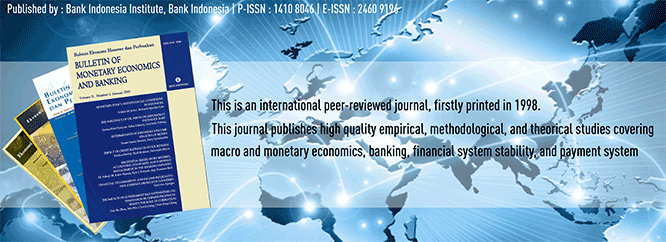
Document Type
Article
Abstract
In this study, we revisit the inflation process in Vietnam through the New Keynesian Phillips Curve (NKPC) model. We use monthly and quarterly data frequencies to track the forces driving inflationary pressures up to a quarter. Interest rate, an important determinant of inflation, is often found to give theoretically inconsistent result. Hence, we examine different interest rates, including, the central bank policy rate, lending interest rate and one-month interbank interest rates. Further, there is no unified approach to measuring the output gap – an important variable of the model - in the literature which may affect the results. Therefore, in this study, output gap is measured using two different approaches, namely, the linear trend model and the Hodrick-Prescott (HP) filter to see whether different measurement approaches matter for the signs and significance of this variable. Our key findings show that while the effects of interest rate vary by its type, measurement of output gap does not matter for the determination of inflation in Vietnam. What matters is whether the inflation model is quarterly or monthly. We explain the main determinants of inflation and provide some policy implications in the paper.
Recommended Citation
Nghiem, Xuan-Hoa and Narayan, Seema Wati
(2021)
"WHAT DRIVES PERSISTENTLY HIGH INFLATIONARY PRESSURES IN VIETNAM? SOME EVIDENCE FROM THE NEW KEYNESIAN CURVE FRAMEWORK,"
Bulletin of Monetary Economics and Banking: Vol. 24:
No.
4, Article 6.
DOI: https://doi.org/10.21098/bemp.v24i4.1766
Available at:
https://bulletin.bmeb-bi.org/bmeb/vol24/iss4/6
First Page
517
Last Page
540
Creative Commons License

This work is licensed under a Creative Commons Attribution-NonCommercial 4.0 International License
Country
Vietnam
Affiliation
Foreign Trade University







